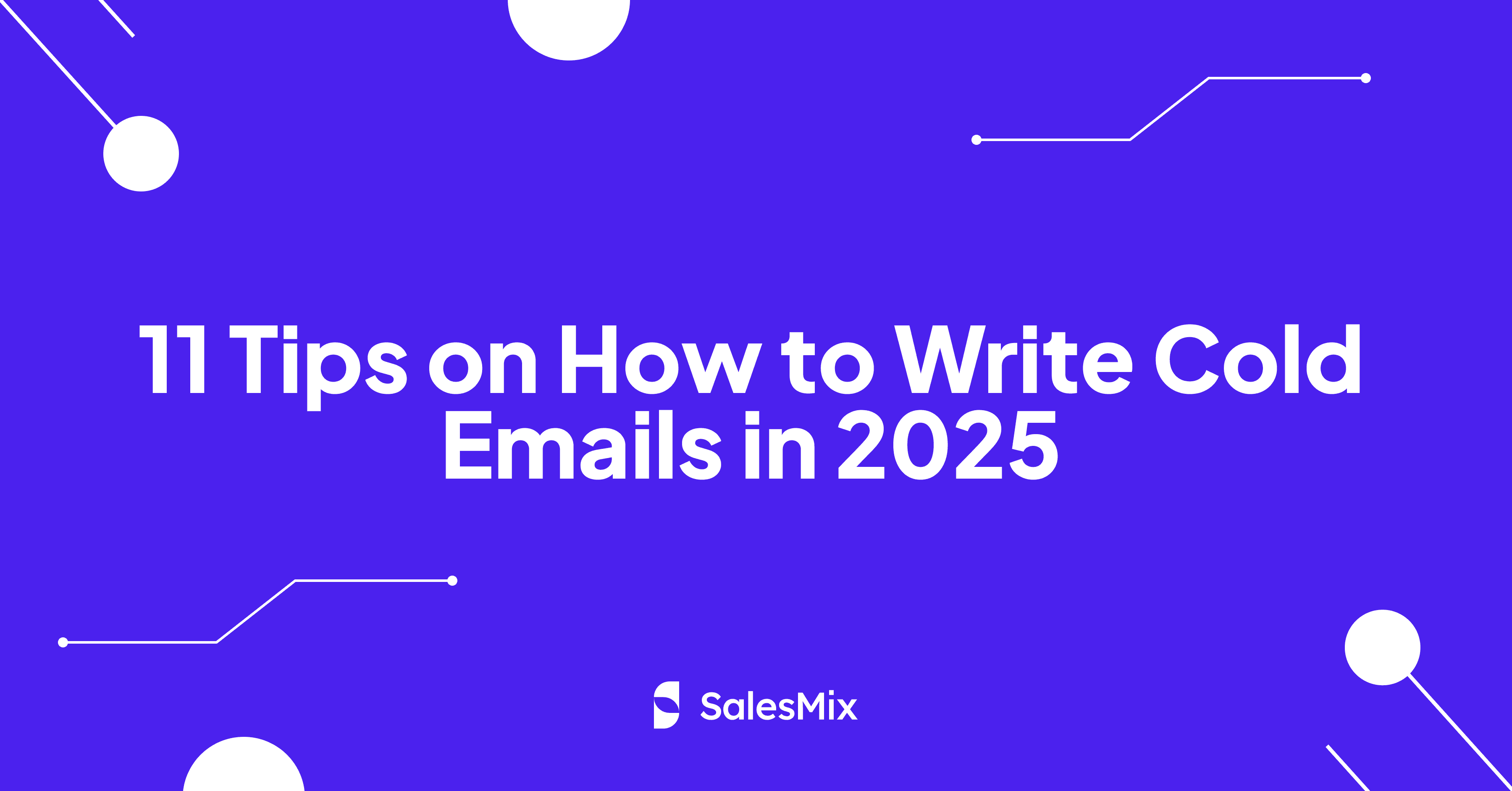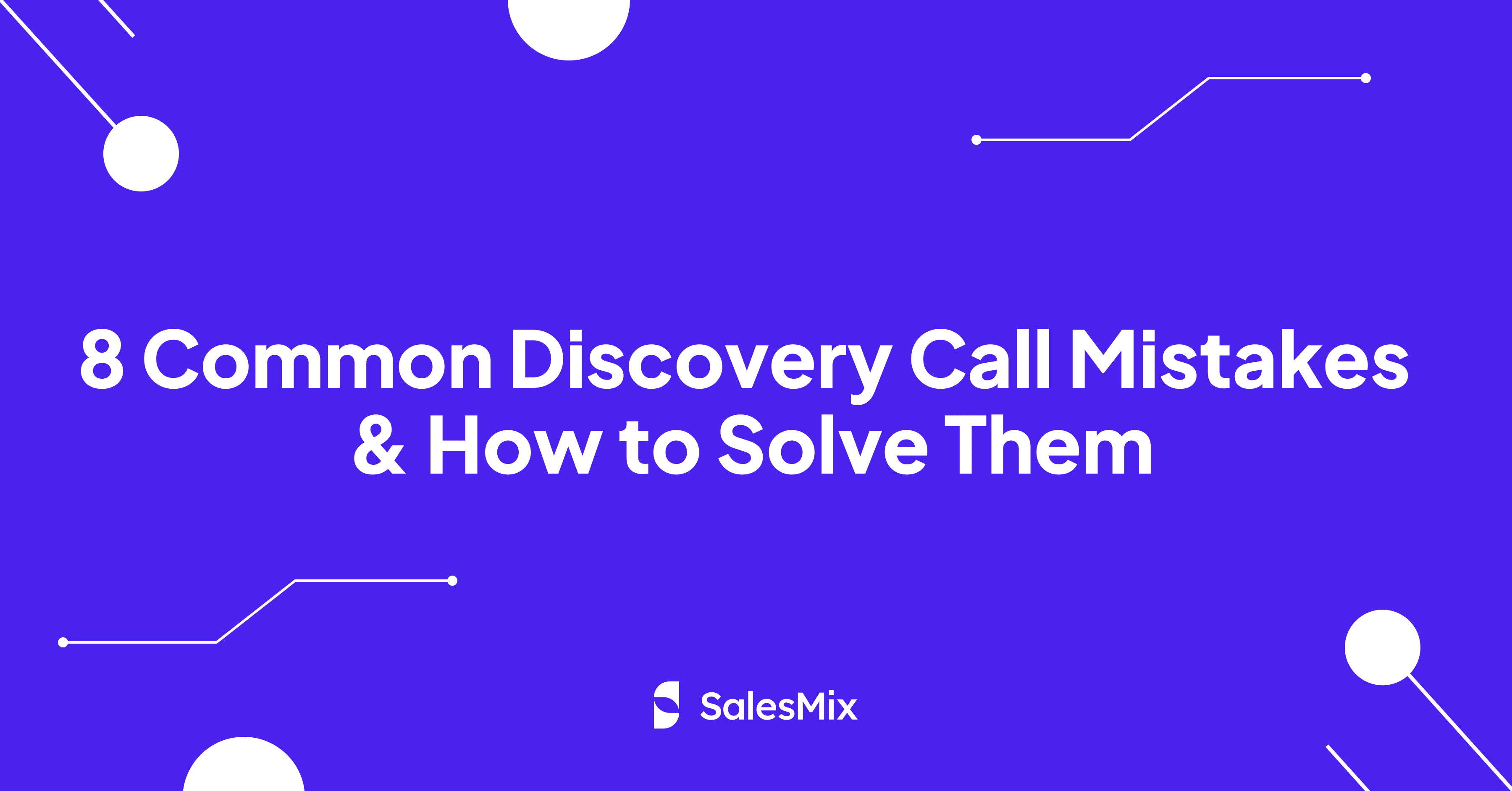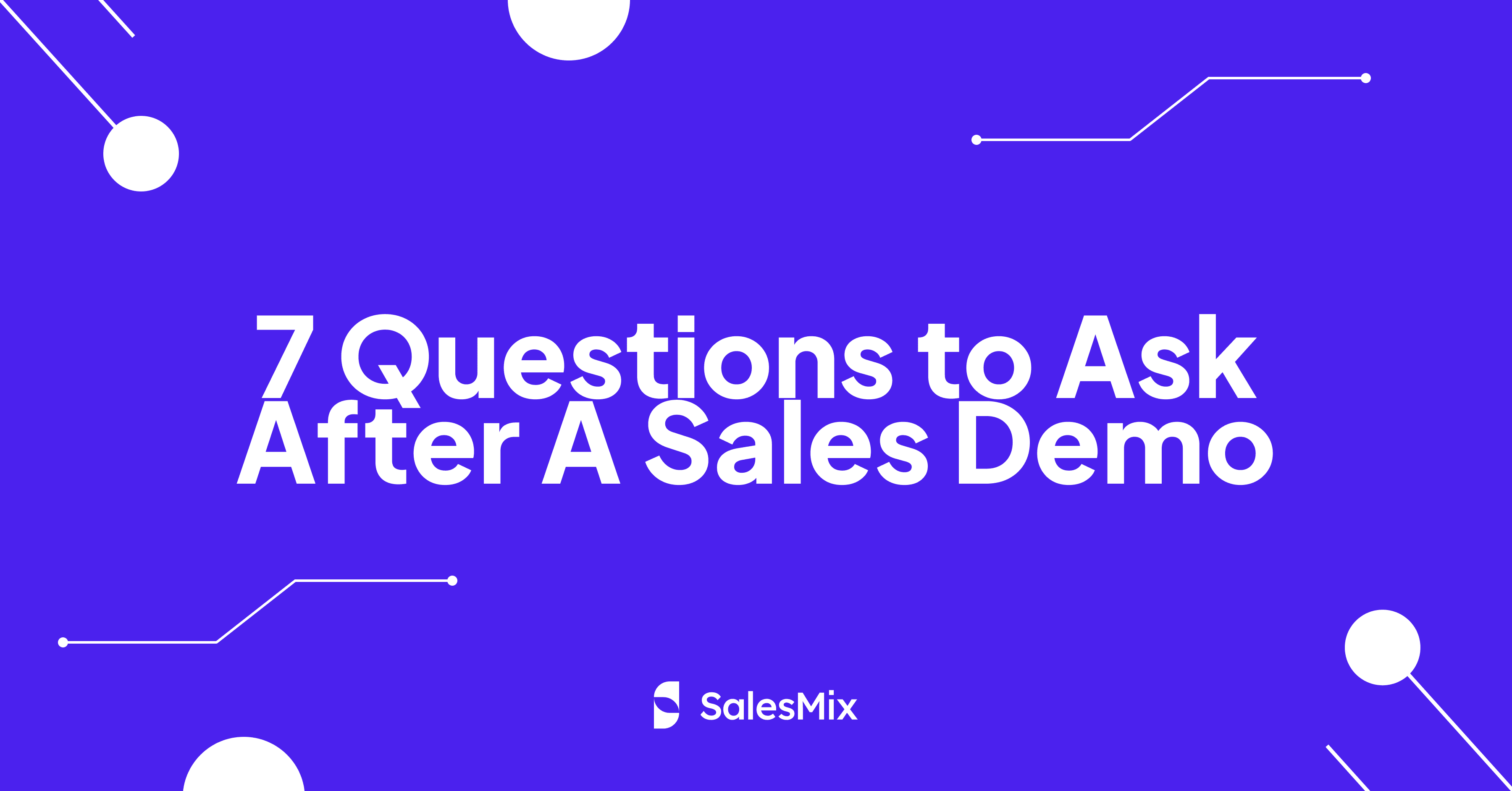Table Of Contents
Cold email marketing has come a long way, and now, its effectiveness hinges on adapting to evolving trends and recipient behaviors. With inboxes becoming more crowded than ever, you need to write cold emails with a good understanding of strategy, psychology, and personalization.
The modern recipient, particularly in the B2B sector, is more discerning and selective. They expect value upfront and won’t engage with emails that feel like sales pitches disguised as communication. Your email’s every word counts, from the subject line to the closing statement.
In this article, I will take you through 11 actionable strategies for writing effective cold emails today. Let’s start!
1. Set A Buyer Persona
Creating cold emails that actually work in 2025 starts with knowing your audience inside out. That’s why having a clear buyer persona is a game-changer. It helps you write messages connecting with specific groups, making them engage and respond.
You should write cold emails copies for –
- C- Levels: When you’re emailing C-level executives, keep it short and sharp. They care about strategic benefits and big-picture impacts that align with their company’s goals.
- Managerial: Your approach should focus on solutions that streamline processes and boost team productivity. Highlighting ease of implementation and a strong ROI can grab their attention.
- Non-Managerial: They’re all about practical benefits. They’ll respond better to emails that directly solve specific challenges or offer quick wins they can apply immediately.
2. Avoid Complex Language
When your language is easy to read, your message is easy to understand. In cold emails, where you only have a few seconds to grab attention, complicated words or jargon can turn people off. On the flip side, clear and direct language makes it more likely that your recipient will read and respond.
The best cold emails are simple, clear, and easy for anyone to understand – even a sixth-grader. Tools like Hemingway editor can help you check that your writing stays straightforward and accessible.
Hemingway editor to write cold emails in simpler language.
Simple language also works better across different audiences. Whether your email lands in the inbox of a CEO or a junior staff member, the goal is to make your message quick to understand and easy to act on. The more accessible your email is, the better your chances of starting a conversation, scheduling a meeting, or getting them to take the next step.
3. 1-4-Word Subject Line
A short, 1-4-word subject line is a smart way to cut through the noise of today’s crowded inboxes. Clear and direct, this approach saves time and avoids clickbait, which can hurt trust and make your message seem less valuable.
Keeping your cold email subject line “boring” might feel odd, especially in marketing, but it works for cold emails. A straightforward subject, like “worth a conversation,” sets honest expectations and builds trust. Instead of overpromising or misleading, it tells the recipient exactly what to expect, which is key when reaching out to someone unfamiliar with your brand.
Write 1-4-word subject lines.
4. Tell A Story in Your Message
Adding a story to your cold email can turn it from just another message into something that grabs attention and sticks with the reader. People love stories – they’re relatable, engaging, and a great way to show the value of what you’re offering in a personal and real way.
When telling a story, keep it relevant and authentic. Focus on the recipient’s challenges or goals, making the email feel tailored just for them. For example, you could briefly share how you helped someone else solve a similar problem. It’s not just about explaining what you do but showing how it works in the real world.
Stories also do something hard-selling can’t: they make your email human. People may forget data or facts, but they remember a good story that connects with their own experiences. In cold emails, where making a strong first impression matters, a simple, well-told story can make all the difference. It’s not just about getting noticed—it’s about being remembered.
5. Don’t Make Your Mail Another Generic Template
If you want your cold email to stand out in a crowded inbox, skip the generic templates. Don’t let your email be just another forgettable message – it should break through the noise and surprise the recipient with something thoughtful and unique.
The problem with cookie-cutter emails is that they all blur together. When your email feels like part of a mass send, it loses its edge and often heads straight for the trash. To grab attention, your message needs to feel personal, like it was written specifically for that recipient, with a clear understanding of their needs and interests.
This level of personalization takes effort, but it’s worth it. Research your recipient, learn about their business challenges, and reference something specific, like recent news or trends in their industry. This shows you’re not just blasting out the same email to everyone -you’re genuinely trying to connect and offer relevant value to them. That’s the kind of email people notice and respond to.
6. Never Mention Features
Your focus should shift from highlighting features to showcasing the value or outcomes your product delivers. This is especially important in the B2B SaaS world, where decision-makers are bombarded with solutions that all sound the same when reduced to a list of features. What truly sets your product apart is how it solves problems or improves business outcomes.
For instance, if you write a cold email promoting a SaaS tool for project management, don’t just talk about “integrated task lists” or “automated reporting tools.” Instead, focus on what those features achieve: “Streamline project delivery, boost team collaboration, and ensure every project finishes on time and under budget.” This shifts the narrative from what your product does to why it matters.
When you emphasize outcomes, you help the recipient picture the tangible benefits for their business—better processes, cost savings, or increased productivity. This makes your email feel relevant to their challenges and goals rather than just another product pitch. By aligning with their priorities, you will then grab attention and build a stronger connection with the recipient.
7. Use Social Proof
Leveraging social proof while you send cold emails is a game-changer for building credibility and trust in cold emails. By showcasing how your product has delivered real results for similar companies, you give your potential customers a clear reason to take you seriously.
The key is to highlight specific, measurable outcomes. For example, instead of vague claims, you could share something like, “Our software helped [Well-Known Tech Company] boost operational efficiency by 30% in just one quarter.” This kind of detail shows how your product works and gives the recipient a tangible idea of the results they could achieve.
Social proof works because people trust what others, especially their industry peers or leaders, have experienced. When you demonstrate that respected companies have already seen success with your product, you’re telling a story that resonates. It’s not just you saying your solution is great; it’s more like real-world results back it.
8. Give Clear and Soft CTA
A smartly crafted CTA can make all the difference in cold email engagement. In B2B cold emails, soft, interest-based CTAs are a standout strategy. They gently encourage recipients to take the next step without feeling pressured, which is key to building trust and rapport early on.
These CTAs work because they’re personalized and conversational. Instead of a hard pitch, ask questions like “Worth a peek?” or “Sound interesting?” They’re low-pressure and open-ended, sparking curiosity and inviting a response without demanding commitment. Other compelling examples include “Curious to see more?” or “Open to a quick chat?”- simple phrases that keep the tone light and engaging.
What makes this approach so effective is the control it gives the recipient. By framing the CTA as a question, you invite their input, making it feel less like a sales pitch and more like a conversation. This subtle shift creates a more relaxed, natural dynamic, which is especially important when you start building a connection in early interactions.
9. Show A New Perspective
Cold email marketers need to move beyond the overused promise of saving “time and money.” Everyone says it, and it rarely stands out. To grab the attention of B2B clients, you need to bring a fresh perspective that differentiates your offering and shifts the conversation from basic transactions to meaningful partnerships.
Take a SaaS data integration platform as an example. Instead of “We help you save time by integrating data streams,” why not position it as “We turn your data into dialogues”? This reframing highlights the platform’s ability to go beyond integration, showing how it drives actionable insights that enhance customer communication and build personalized experiences.
It’s more about delivering strategic value than the functionality. By presenting a unique angle, your email doesn’t just sell a product; it challenges recipients to rethink their approach to a problem.
10. Keep Your Emails Mobile Friendly
In 2025, most recipients will open your emails on mobile devices, making mobile-friendly cold emails a must, not a nice-to-have. With attention spans shorter than ever on tiny screens, your emails need to be quick and easy to digest. Aim for under 100 words – better yet, keep it under 50.
Why? Because shorter emails work. Studies show they perform 83% better than longer ones. They’re easier to read, understand, and act on. In cold emailing, where you only have a few seconds to make a good impression, brevity can be the difference between getting a response and being ignored.
To nail this mobile-first approach, start with a subject line that grabs attention without overpromising. In the email body, get straight to the point – what value are you offering? Use simple language, short sentences, and zero fluff. The goal isn’t to sell on the spot but to spark interest and start a conversation.
11. Use PS to Personalize
The postscript (PS) is a surprisingly powerful yet often underused tool in cold email marketing. It’s a simple addition that can add a personal touch, deliver extra value, and leave a lasting impression to initiate a relationship.
A well-crafted PS can reiterate your email’s value and offer something extra, like an exclusive resource. For example, after explaining how your SaaS platform improves operational efficiency, you could add:
“P.S. Curious how we’ve helped companies like yours? Check out this case study on XYZ Corporation, where we increased data processing speeds by 25%.”
P.S. Note in Cold Emails
This approach personalizes the message while backing it up with real-world results, boosting credibility and sparking curiosity. Using the PS to link to valuable resources—like a white paper, case study, or industry report—turns it into more than just a closing note.
Psychologically, the PS stands out because it’s often one of the last things people read—and remember. Using it to provide extra value and insights shows you’re not just selling but genuinely interested in helping your recipient solve problems.
Use SalesMix to Write Cold Emails that Convert
Cold email campaigns can be tricky to master, but SalesMix simplifies the process to take your emails to recipient’s inbox and inspire action. From automating email workflows to optimizing personalization, SalesMix provides a comprehensive suite of tools to help you craft cold emails that truly convert.
SalesMix starts with email warmup, a critical step in building trust with email providers. Its automated warmup feature ensures your emails are less likely to be in the spam folder. With just one click, SalesMix sets up a warmup sequence across email accounts, creating a network of automated interactions that improve your sender reputation over time.
Warmup analytics in SalesMix.
Personalization is at the heart of effective cold email campaigns, and SalesMix makes it seamless. Pulling data from your CSV files allows you to add personal touches like using the recipient’s name or tailoring the content to their specific needs. Advanced tools like Spintax randomization allow you to vary words and phrases dynamically, ensuring each email feels fresh and unique. For example, you can set up variations such as {businesses|companies|organizations} to keep your emails engaging and less likely to be flagged as repetitive.
Use Spintax in SalesMix to write cold emails in further variations.
One of SalesMix’s standout features is its automated follow-up sequences, which enable you to manage leads without manual intervention. Simply organize your follow-up steps, and SalesMix handles the rest, sending timely nudges to prospects who haven’t responded. You can also halt the sequence for recipients who reply, keeping your outreach relevant and respectful.
Scheduling campaigns is another area where SalesMix shines. Its scheduling tool ensures your emails land in the recipient’s inbox at optimal times, aligned with their time zones. Before launching, you can also test your emails to ensure they reach the inbox and avoid spam filter
Test emails with SalesMix before launching the campaign.
Conclusion
Cold email marketing in 2025 is no longer about simply hitting “send” and hoping for the best. It requires you to write cold emails by adapting to changing recipient behaviors and embracing personalization. The success lies in understanding your audience, being clear and concise, and finding creative ways to stand out in crowded inboxes.
With the proven strategies mentioned, your cold emails won’t just be another message in the inbox; they’ll be the start of meaningful conversations that drive results. The future of cold email marketing is here, and it’s all about smarter, more engaging communication.






